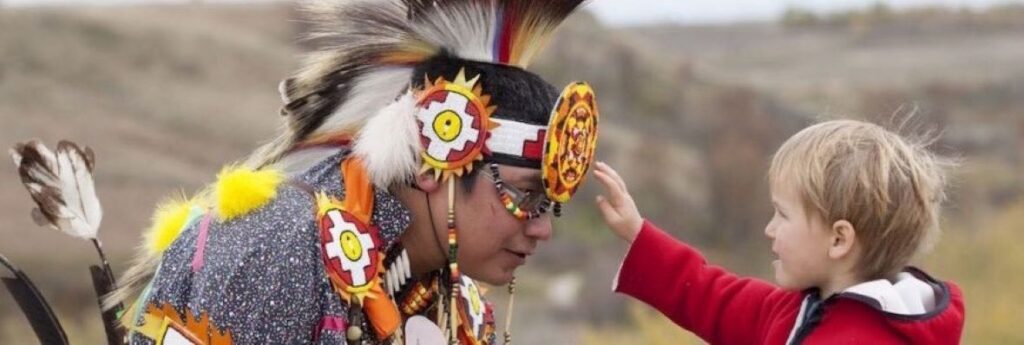The Indigenous Tourism Association of Canada is making a bleak prediction about its members’ ability to rapidly recover from the COVID-19 pandemic. The association says even with the very best travel conditions, Indigenous tourism operations are not expected to return to pre-pandemic levels until 2028.
A report from the association and the Conference Board of Canada shows modest recovery over the last year, but it still projects an overall 54% decline since the pandemic hit last March.
It says Indigenous tourism created about 39,000 jobs and contributed an estimated $1.86 billion in direct gross domestic product before the arrival of COVID-19. That fell to just $580 million and about 11,000 workers at the height of virus-induced shutdowns and recovered this year to just under 19,000 employees and $858 million in direct GDP.
The report says the pandemic has had a “deep and serious impact” on most Indigenous tourism operators and the conference board estimates at least one-third of the businesses that took part in its recent surveys could still be at risk of closure by 2022.
About 350 Indigenous-owned tourism operators across Canada responded to a detailed survey between April and June of this year. Those owners were asked for their insights into what they’ve experienced during the COVID-19 pandemic and what they anticipate will happen to their businesses this year and also in 2022.
Keith Henry, president and CEO of the Indigenous Tourism Association of Canada, said he was not really surprised with any of the information released in the report on Sept. 15. “It pretty much reinforced the challenges we have,” he said.
But what is of further concern is found in some internal ITAC research combined with some data compiled by Destinations Canada, a Crown corporation that is responsible for the national marketing strategy worldwide.
Henry said officials from Destinations Canada and its partners have compiled information to try and determine how long it will take tourism businesses to recover and get back to 2019 levels.
“They expect to be back by 2024 or 2025,” Henry said. “But we’ve been hit hardest of the hard hit in tourism. We’re going to be at least until 2028 to get back to 2019 levels. So, we’re being disproportionately impacted and our businesses are disproportionately feeling the loss of business.”
He said it could be even longer than 2028 for the Indigenous tourism industry to fully recover. “That’s best-case scenario,” he said. “But we’re probably looking at 2030.”
Federal officials had announced a $500 million Tourism Relief Fund in mid-July. And 10 percent of this fund, $50 million, was to go towards Indigenous tourism businesses.
In 2020 the Canadian government had provided $16 million in funding to ITAC, which then distributed it in the form of grants of up to $25,000 each to about 700 businesses.
Henry said Indigenous portions of the federal money announced in July did not go directly to ITAC for distribution. Instead, it was sent to various regional development agencies.
“We don’t believe that’s going to be an effective process at all,” Henry said. “As it stands today, despite that announcement, there has not been a single Indigenous business that has been able to access that program successfully.”
This year’s federal budget allocated $2.4 million to ITAC, a far cry from the $18 million it requested.
Henry said that while ITAC officials are keen to continue advocating for more funding, things have been at a recent standstill.
“They put all projects on hold because of the (federal) election,” he said. “We don’t have much confidence we’re going to get anything (more this year). We hope we do but we’re not confident.”
Henry said ITAC officials are going to be ready to proceed with their advocacy work as soon as possible.

